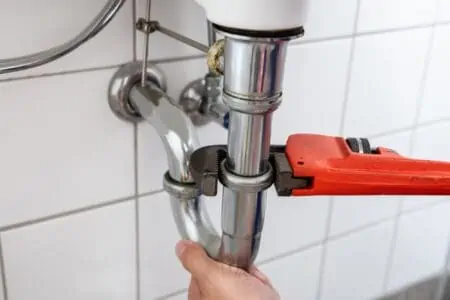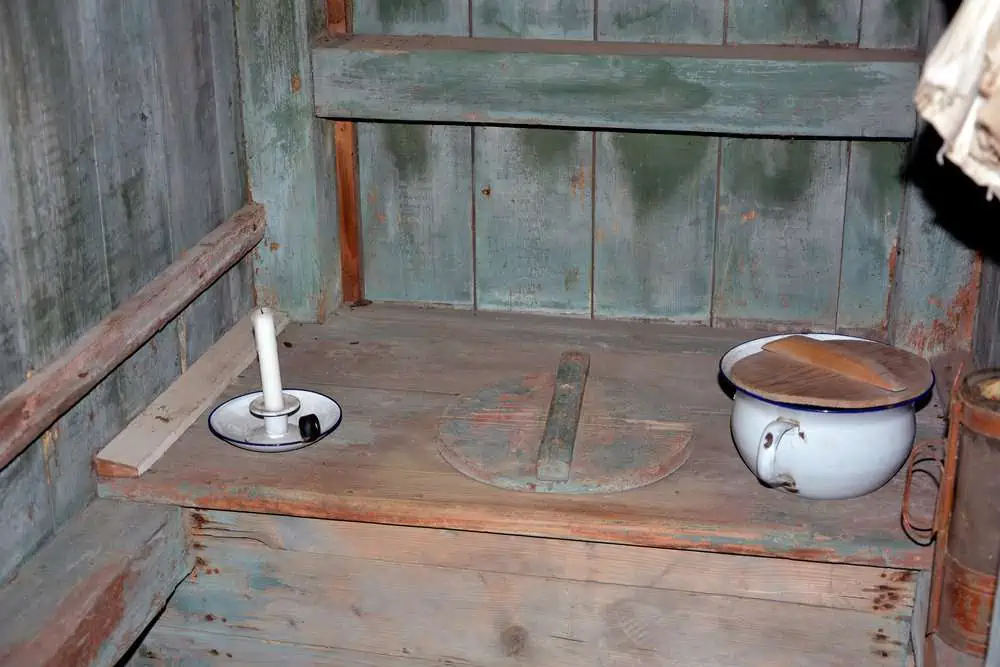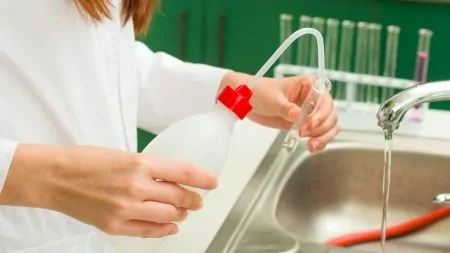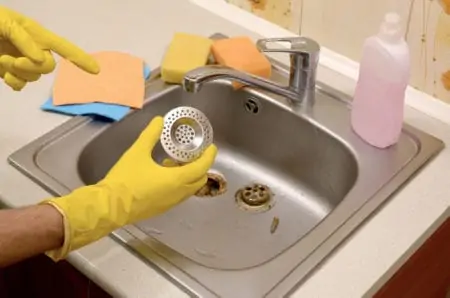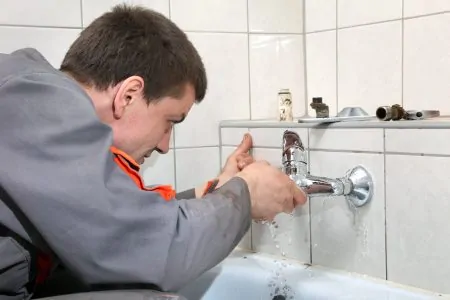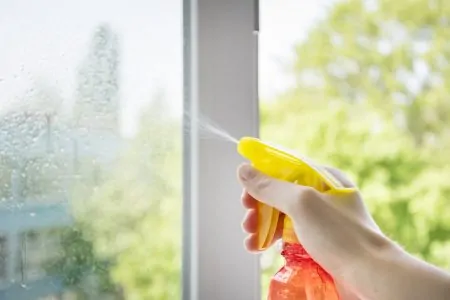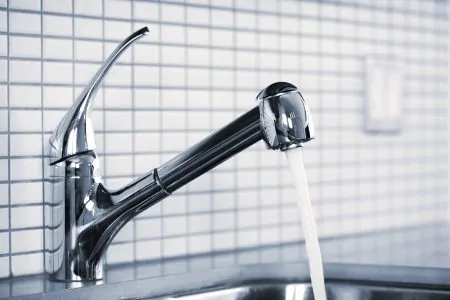Never underestimate the importance of plumbing. Without it, we wouldn’t have running water, flushing toilets, or all the other conveniences we take for granted. We decided to delve deep into plumbing facts and statistics to reveal the truth.
We’ll look at plumbing industry statistics, examine the COVID impact, and spotlight the plumbing trends for 2022.
Key Takeaways
- Plumbing is essential for modern living, providing running water and sanitation.
- The industry generates billions of dollars in revenue and employs over 562,000 people in the US.
- Smart bathrooms and eco-friendly technologies are on the rise, shaping the future of plumbing.
- During the COVID-19 pandemic, plumbers faced increased risks and demands due to increased home usage and sanitation concerns.
Plumbing Industry Overview
The plumbing trade is big business in the United States. In 2021, the industry generated 134 billion dollars in revenue, but global stats show the industry was worth $4.56 trillion. Here are some more stats to chew on:
- Thirty-five percent of plumbing revenue is profit.
- The average US plumber’s salary is $56,330.
- Just five to nine percent of plumbers are women.
- California employs the most plumbers, with over 45,000 registered professionals.
- Vermont has the lowest number of registered plumbers, at 720.
25 Key Plumbing Facts and Statistics
So, we know plumbing is a big deal, not just in National terms but globally. So, here is a handy overview of the 25 best plumbing facts and stats, including fun, fascinating, and sobering truths.
- Ancient Greeks, Egyptians, and Romans invented modern plumbing.
- The oldest known plumbing was found in Pakistan and India, dating from 3,500 BC.
- Copper water pipes were discovered in the pyramids.
- The Romans built aqueducts to carry water for over 60 miles.
- Sir John Harrington invented the first flushing toilet in 1596.
- The first flushing mechanism was patented by Alexander Cumming in 1775.
- Thomas Crapper invented the flusher and siphon system.
- The US plumbing industry employs 562,226 people.
- EMCOR Group, Inc is the largest plumbing contractor in the US, with a revenue of $8.8 billion.
- Smart toilets made up 30 percent of plumbing fixture sales in the US annually.
- The plumbing fixtures market is set to grow to $121.9 billion by 2025.
- Where you live determines how much you pay for your water.
- Only one percent of the US population had indoor plumbing in 1900.
- The plumbing industry saw an increase in calls during the pandemic.
- Plumbers are at higher risk of COVID because they work in sewers and pipes with human feces.
- Disease spreads in unhygienic sanitation.
- The toilet paper shortage saw an increase in bidet sales.
- Ten percent of Americans have a leak problem, accounting for 10 percent of their annual bills.
- The plumbing industry is surprisingly recession-proof.
- In the US, 53 percent of plumbers only have a high school diploma.
- The word plumber derives from the Latin ‘plumbum’, meaning ‘lead’.
- Einstein promised to come back as a plumber in the next life.
- Keratin cells trap water and make your skin wrinkly if you soak in the bath for too long.
- Ozzy Osbourne was a trainee plumber before becoming a rock god.
- Almost 120,000 dollars was spent establishing whether the toilet roll flap should be at the back or front.
History of Plumbing
Let’s dive back to the origins of plumbing and bring you a potted history of where it all started. Hopefully, we’ll entertain you with some funny and educational facts.
In the Beginning
We can thank the ancient Greeks, Romans, and Egyptians for the origins of modern plumbing. They worked out that angled troughs and pipes could carry water to fill baths and sinks, and irrigate their crops.
They even used sewer pipes for toilet waste, which inspired Sir Joseph Bazalgette’s London Sewer system.
How Old?
The oldest plumbing ever discovered dates back to 3,500 BC in what is modern-day Pakistan and India. The Indus River Valley civilization invented weight measurements, copper and bronze production, and, yes, plumbing!
Pyramid Perfection
The first copper water pipes were used in a pyramid complex in ancient Egypt. They fed water from the River Nile to water their crops and supply water to the tombs inside the pyramid.
Aqueducts Are Plumbing Too
The Romans were the masters of aqueduct building. They constructed them wherever they settled. In some instances, they carried billions of gallons of water over 60 miles to water crops and fill bathhouses.
Flushed With Success
Sir John Harrington invented the first flushing toilet in 1596. It was called the “Anglo-Dutch” toilet and used water to flush waste material down a drain. He installed his first model in Queen Elizabeth’s palace. So, Her Majesty could now boast two thrones.
His toilet design ultimately failed because it was expensive and needed a lot of water to flush.
Things Can Only Get Better
The first flushing mechanism was patented in 1775 by Alexander Cumming. He improved on the earlier Harrington design and even included an S-trap, which is something still in use today.
Fancy Flusher
By the 1870’s Thomas Crapper (he coined a few toilet names) had invented the toilet flusher and siphon system still in use today. While he can’t claim to be the inventor of the toilet, he can chalk his name on the winner’s board of toilet advancement.
Plus, if he hadn’t made his mark, going for a crap would be called a going for a Harrington!
Plumbing Industry Trends and Statistics
Want to know what’s big in plumbing and what’s going to be big? Let’s take a look at the runners and riders in the plumbing industry trends and stats.
How Many?
The plumbing industry in the US employs 562,226 people and generates $134 billion in revenue. This income was shared by the 130,348 businesses within the sector.
The Big Four
The majority of the market was shared between four companies:
- Comfort Systems USA, Inc.
- EMCOR Group, Inc.
- TDIndustries, Inc.
- Nooter Construction, Inc.
Comfort Systems alone has 25 companies operating under its group umbrella in 140 regions of the United States. When you consider the industry revenue of 134 billion dollars, you start to get an idea of how much these companies make.
The EMCOR Group, Inc is the largest contractor in the United States. Its plumbing division alone generates $8.8 billion in revenue.
Smart Bathrooms Are Here
Smart bathrooms could be the answer if you are looking for the next big thing. Connecting your bathtub, sink, and toilet to the internet lets you control temperature, operate faucets remotely, and even set your bathtub to music.
The smart bathroom market has a projected compound annual growth rate of 10.5 percent over the next five years. It currently accounts for about $3 million, but watch this space. It will catch on just like other intelligent appliances.
Over 61 percent of smart bathroom revenue comes from the commercial and industrial sectors as part of sales and servicing. This is driven by increased tourism and the need for more imaginative hotels and commercial facilities.
Keep In Mind
Smart toilets made up 30 percent of plumbing fixture sales in the US, so it looks like they are here to stay.
Let’s Talk Growth
The plumbing fixtures market is estimated to increase over the next five years at a CAGR (compound annual growth rate) of 5.09 percent. The market is set to be worth $121.9 billion by 2025.
This is largely down to the fact that bathrooms are the most remodeled room in American homes.
Other areas predicted to grow in the next few years include:
- Solar water heaters.
- Geothermal heat pumps.
- Greywater recycling systems.
Where You Live Counts
Where you live determines how much you pay for water. To give an example, it differs between states and cities. The water costs in Phoenix for an average family using 400 gallons per day would be $34 a month. Compare that to $65 in Boston, and it’s almost double the price.
No Indoor Plumbing
According to the US Census database, one percent of the population had indoor plumbing in 1900. That figure grew to 55 percent by 1940 and 99 percent today, although what property doesn’t have plumbing? It would be unsaleable.
COVID Impact on Plumbing
The pandemic changed everything, from working practices to the way we interact with other people. But what effect did it have on the plumbing industry?
Increased Calls
As people were confined to their homes, the volume of calls to plumbers increased. This is because fixtures were subjected to more significant strain, and inevitably, things start to break. The problem the industry faced was how to keep its operatives safe during home visits.
Increased Risk
Plumbers work in drainage systems with fecal matter, putting them at increased risk of catching COVID-19 and other deadly diseases. COVID can spread in drainage systems and is present in human feces.
Better Sanitation, Better Health
Disease spreads in unhygienic conditions, which is why good sanitation can help curb the spread of COVID. Modern fixtures and systems are far more efficient at dealing with human waste.
Toilet Paper Shortage
We all saw the scenes at the beginning of the pandemic of empty shelves in supermarkets. Yep, the first casualty of COVID was toilet paper shortages. How does that affect plumbing and plumbers?
If the general public isn’t flushing toilet paper down their commodes, what are they flushing? Wet wipes block systems, sanitary products clog pipes, and thicker tissue and kitchen paper, well, you get the point.
Calls increased because not only were more people staying at home, but they were flushing unsuitable products down their loos.
Bidet Bonanza
With the lack of toilet paper, plumbers also saw an increase in bidet installations as consumers looked for alternative ways to clean their posteriors. Some also converted their existing toilets into bidets using products like this TOTO Washlet Bidet Toilet Seat.
It replaces your existing seat and turns your commode into a functioning bidet. It even has remote controls and heat!
Interesting Plumbing Facts
So, we’ve talked about the stats and what trends we are likely to see in the next few years, but what about exciting plumbing facts? Some might just surprise you!
Plug the Leaks
It may seem like a small change, but plugging tiny leaks can save as much as 10 percent of your monthly water. Ten percent of American homes have leakage problems that waste 90 gallons a day. That adds up to over 10,000 gallons annually!
Recession Proof
The plumbing industry is incredibly recession-proof, especially in the US and UK. Whether fixing an emergency or updating bathrooms and water heaters, plumbers are adept at riding the recession, even during the pandemic.
Forget University
Plumbing is a hands-on profession with qualifications and on-the-job training. In America, 53 percent of plumbers have no higher than a high school diploma. However, the rates of pay compare favorably to other more skilled professions.
It’s All In the Name
The word plumber derives from the Latin ‘plumbum’, meaning ‘lead’. In the early days, plumbing was constructed from lead piping, among other things; hence the name stuck.
Einstein a Go Go
Albert Einstein once promised to come back as a plumber if he died and was reincarnated.
Wrinkly Skin
Ever wondered why your hands go wrinkly when you soak in the bath for too long? It’s caused by dead keratin cells in your outer layer of skin. They absorb water, unlike lower skin layers, and it causes that rippled effect.
Heavy Metal
Before Ozzie Osbourne discovered music and a taste for bats, he was a trainee plumber.
Front or Back?
Having the toilet paper on the holder with the flap at the front or the back is such a contentious issue. So much so that a survey was commissioned to provide a definitive answer.
They spent almost $120,000 to establish that you should have the flap at the front. That’s right, $120,000! You’ve heard the expression “pouring money down the drain,” well, this is the literal translation of the saying.
FAQs
Final Thoughts
Plumbing is so vital to civilization that we owe it more respect. It’s staggering to think that without plumbing, we would be living in the Stone Age. Disease would be rife, we would smell, and we would have no running water.
Hopefully, you’ve found the information in this article useful. It was certainly fun to research and write. Finally, we’ll leave you with one thought: the world would be a different place if Ozzy Osbourne had become a qualified plumber and given up on becoming a star.
